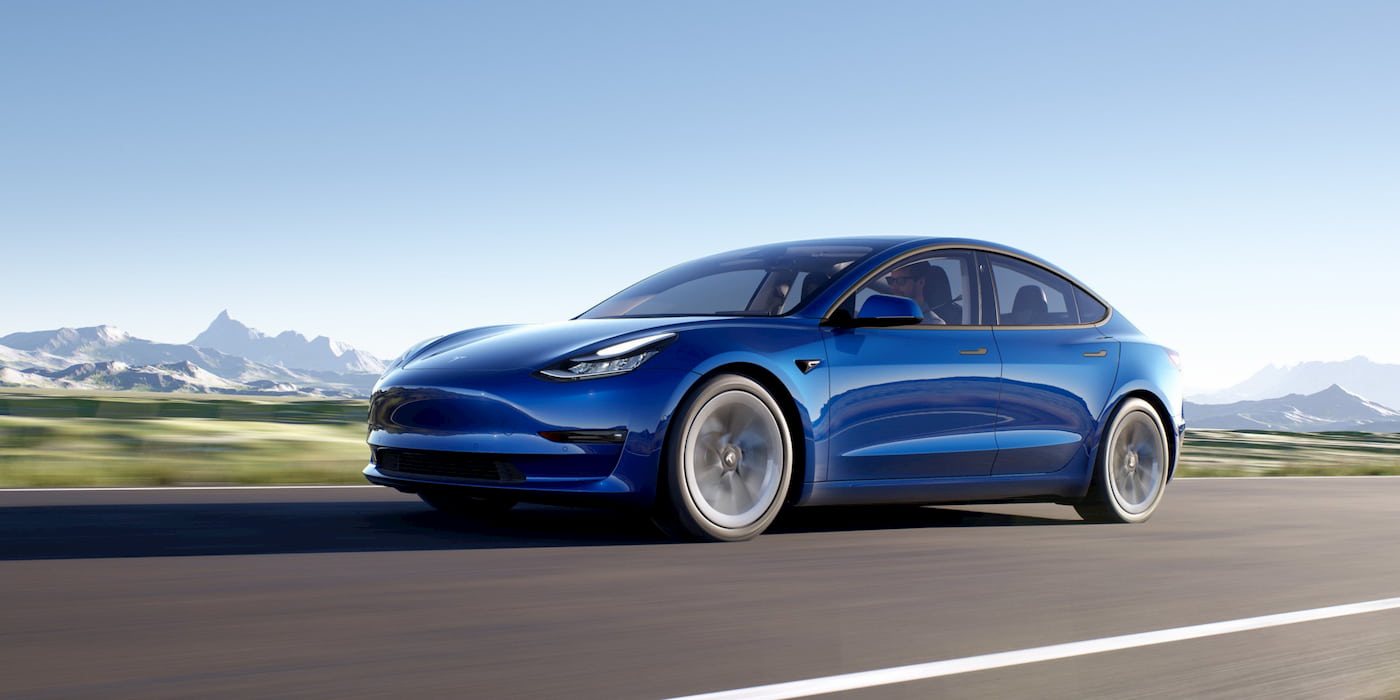
Tesla and BYD are the two leading global EV makers. How do their electric cars stack up against one another in performance? Watch the Tesla Model 3 take on the BYD Seal in a drag race to see which comes out on top.
After launching the Model 3 in 2017, Tesla’s electric sedan became an instant sensation. The Model 3 became the best-selling EV in the US the following year, topping Chevy’s Bolt EV.
Although Tesla went through “production hell” ramping up the Model 3 from 2017 – 2019, the work paid off.
In 2018, the Model 3 became the top-selling EV globally, holding the title until Tesla’s Model Y topped it in 2020.
This year, the Model 3 cracked the top 10 best-selling cars globally as it continues to outsell gas-powered rivals. Meanwhile, China’s leading EV maker, BYD, launched its highly anticipated Seal electric sedan in July 2022.
At 4,800 mm (189″) long, the BYD Seal is a direct competitor to the Tesla Model 3 (184.8″ long).
BYD undercut the Tesla Model 3 in China with Seal prices starting at 189,800 yuan ($27,500) with up to 550 km (342 miles) of CLTC range. Tesla’s Model 3 starts at 261,400 yuan in China, or about $36,700, with up to 606 km (377 miles) of CLTC range.

Tesla Model 3 takes on BYD seal in a drag race
In Europe, the Tesla Model 3 Long Range offers up to 421 miles. Powered by a 75 kWh battery and two electric motors, the Model 3 cranks out an estimated 490 horsepower and 490 nm of torque.
BYD’s Seal includes 530 horsepower and 670 nm torque with dual electric motors. Both the Tesla Model 3 and BYD include AWD, so which will win in a drag race? UK-based Carwow put the models up against each other in its latest drag race video.
Top comment by Erik
Can we stop with the drag races already. We get it, EVs have a lot of torque. No one needs this in normal usage.
How fast I get to work mostly depends on whether I am lucky with the traffic lights. A Tesla would not get me to work faster than a Prius.
For the Cybertruck, no reviewer has tested the ability to tow or haul, but they all tested the 0-60 acceleration without cargo.
The Tesla Model 3 is not that heavy at 1,840 kg (4,050 pounds). It’s also relatively affordable in the UK, considering the tech and features included at £50,000 ($63,000).
BYD’s Seal starts at £48,695 ($61,500) in the UK and weighs slightly more at 2,055 kg (4,500 pounds).
| Horsepower | Torque (nm) | Powertrain | Weight | Price (UK) | |
| Tesla Model 3 Long Range | 490 | 490 | Dual electric | 1,840 kg (4,050 lbs) | £49,990 ($63,000) |
| BYD Seal | 530 | 670 | Dual electric | 2,055 kg (4,500 lbs) | £48,695 ($61,500) |
In the first race, the testers put the Tesla and BYD head-to-head in “Eco” or “Chill” mode. Although both were limited in performance, the Model 3 edged out the Seal.
When the “Sport” mode is engaged, both models saw a big difference in performance. But which one is faster? Tesla or BYD? I’ll give you a hint: it’s really close. Watch the video above to see the full race.
FTC: We use income earning auto affiliate links. More.



Comments